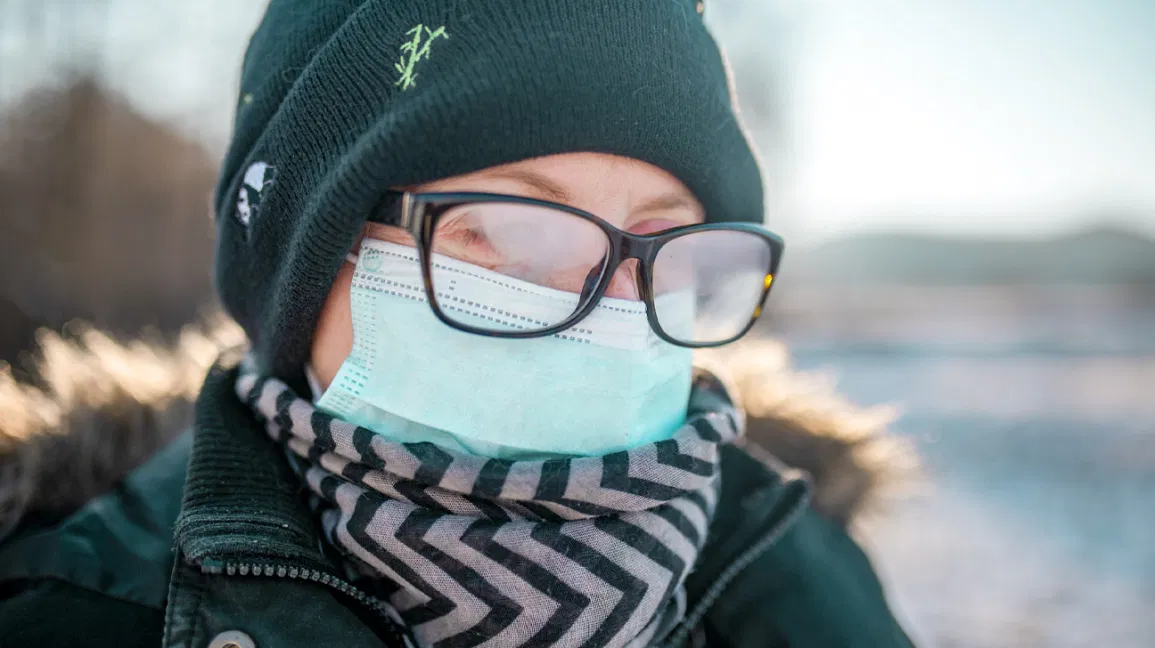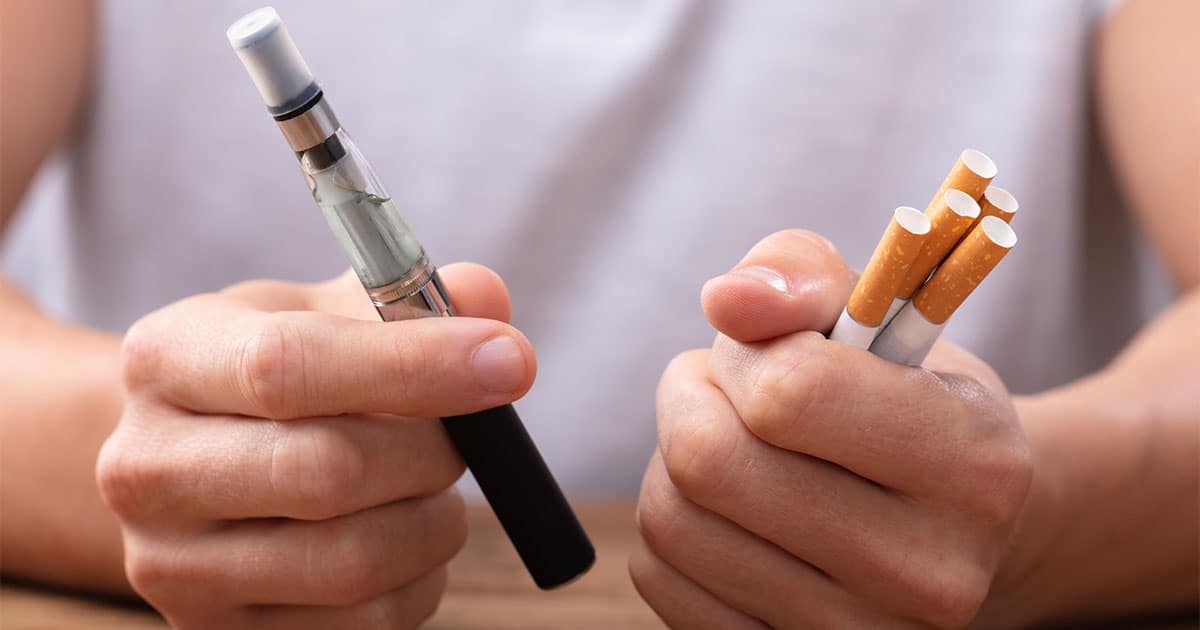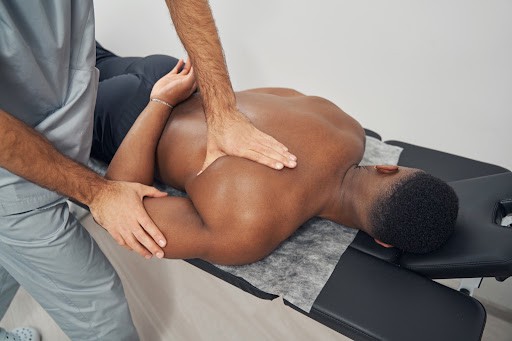
The CDC recommends that fully vaccinated people wear masks in public when in high transmission areas. It means the return of face masks in almost all parts of the country as a sure means of reducing the spread of COVID-19. It also means that fogged-up glasses are here to stay!
In cold weather, your breath seeping through the top end of the mask will cloud the lenses. To avoid this, experts recommend putting on an antifog face mask. This ensures your breath won’t escape and fog your glasses. But there are also other things you can do apart from wearing a breathable winter face mask. Here are our tips to prevent foggy glasses when wearing a mask.
At-Home Techniques
One simple but highly effective technique is putting a piece of tissue (folded) between the mask and your mouth. The tissue absorbs the warm, wet air and stops it from getting to your glasses. You also need to ensure that the top end of your antifog face mask is tight while the bottom is looser. It helps lead the air you exhale away from the eyes.
If you opt for a breathable winter face mask with ties, your best bet is to go with your gut instincts. The mask should be tied crisscross in such a way that the top types are below the ears with the bottom ones going above. This ensures you have a tighter fit.
Antifog lens coatings
Other than using an antifog face mask, you can instead pt for antifogging coating lenses. These coatings are hydrophilic, which means that they act like a microscopic sponge that lets in water droplets seep into the coating. This prevents the formation of an opaque film on the lenses. These are bonded during manufacturing to the lenses, before cutting the eyeglasses to fit your chosen frame.
This treatment is similar to anti-glare, anti-reflective, or anti-smudge coatings. It is advisable to talk to your optician about this option. Note that you can choose this option at the time of placing your order for the glasses.
Over-the-counter wipes and sprays
If the idea of swapping out your lenses does not appeal to you, the other option available to you is using an over-the-counter protectant, for instance, portable pre-moistened or antifog spray wipes. The treatments normally work through depositing a wafer-thin chemicals film onto the lenses that then prevent droplets formation.
The majority of these products dry and start working in a matter of seconds. For sprays, you will need to rub them into the lenses using a microfiber cloth. This ensures they spread evenly. While there is no doubt about its effectiveness, the coating tends to come off after some time. Every time you clean your lens, you are wiping away some of the coatings. This means that the products should be applied every few days.
To determine the antifog spray that works best, you may have to try a couple of brands. Read product reviews while at it. Also, make sure that the product you buy indicates that it won’t cause damage to any protective coating that could be on your lenses. If it has alcohol or ammonia, you should avoid it as it tends to irritate the eyes.
Other Tips
Shaving Foam
Another tip is to apply a small layer of shaving cream inside the glasses, and then wipe it off gently. The idea is that the residual shaving cream stops your lenses from misting up.
Soap and water
Washing your glasses with regular soap and water is another hack to prevent mist from forming on your lenses. Preferably, you should use a microfiber cloth which is freely available with each purchase of glasses. If you lost your cloth, don’t worry as they are easily and cheaply available at most optometrists. Do not use facial tissues as they tend to leave lint that attracts moisture to your lenses. Soap decreases surface tension and prevents fog from sticking to your lenses.
Tape
It’s not uncommon to find some health professionals applying a tape strip designed specifically for skin use. This is applied to the top end of the mask to reduce the gap. A roll is easily available at your nearest pharmacy or online.
Adjust the loops
A person with a relatively small head may have to twist the loops prior to putting them around their ears for a snugger fit.
If it comes with tapes for tying it, have the top tape tied on the back of your head immediately after you wear your glasses.
Keep your glasses warm
Cold lenses are more likely to fog than warm ones, which is why you need to let them warm first before you wear your mask.
Consider contact lenses
Contact lenses are another great opportunity to control misting up of your lenses. If this is your first time wearing contact lenses, or if you did a long time ago, do not shy away from asking for help from your optometrist.
Have your glasses professionally fitted
Give your optician a call and book an appointment. Make sure to carry your mask! An optician will adjust the sides or nose pads to fit with your mask.
Buy Antifog Face Masks
If all these tips are a bit too hard to follow, you can simply purchase an antifog face mask. They are latex-free and have been proven to work. If you are looking to buy them, you should know they are available in bulk online as well as in physical stores. The best part is that they are surgical quality as even doctors have started using them in medical environments.
Conclusion
COVID-19 is with us for the long haul. And being fully vaccinated doesn’t mean it’s time to lower your guard. You will need to mask up every time you are out in public. If fogged lenses are giving you sleepless nights, there is a solution in sight. You only need to get a breathable winter face mask and you are good to go. These masks are surgical-grade and easily available online.




